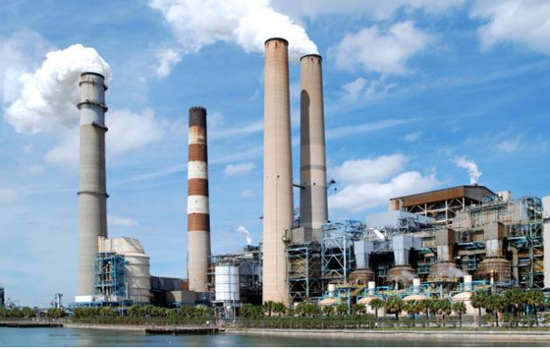Wednesday, Sept achat viagra paris. 21, 2011
By Patrick Beach, Staff
Austin American Statesman
Austin is in the middle of its worst smog season in five years, and Texas has seven of the smoggiest metropolitan areas in the country, according to an environmental study released Wednesday.
The Capital Area Council of Governments has recorded eight high-ozone days in the Austin area this year; the smog season lasts until the end of October. If Austin exceeds national standards again, it will join Dallas-Fort Worth and Houston on the list of Texas metro areas to have fallen out of compliance with the federal Clean Air Act. This year’s ozone levels are the worst since 2006, when the area recorded 18 days of ozone more than 75 parts per billion.
In addition to pollution from coal-fired energy plants and refineries, a lot of the blame for the smog lies with Austin traffic. And the wildfires that broke out Labor Day weekend might have been a contributing factor, said Luke Metzger, director of Environment Texas, a group that advocates clean air, water and green spaces.
Regulators look at the fourth-most-polluted day each year in three consecutive years. If ozone concentrations on those three days average more than 75 parts per billion, a region falls out of compliance with the Clean Air Act. Noncompliant areas face stringent restrictions and a risk of losing federal highway dollars. Austin has previously come close to noncompliance but has been able to avoid violating the federal rule.
"Texans deserve to breathe clean air," Metzger said. "For the sake of our children, we must make every day a safe day to breathe."
Environment Texas’ report, "Danger in the Air: Unhealthy Air Days in 2010 and 2011," said Texas had 48 days in 2010 when smog levels exceeded national standards somewhere in the state. Houston, which had 27 smoggy days, ranked sixth among the nation’s smoggiest large metropolitan areas in 2010, Metzger said. The Austin-San Marcos area had three smog days that year.
Dr. Elliot Trester of Austin Physicians for Social Responsibility said that young people, the elderly and fetuses are at risk for serious and potentially lifelong complications when exposed to high levels of smog. Trester said he’d like to see the limit set near 60 parts per billion, a level the Environmental Protection Agency signaled it was considering in 2009.
The Austin area has not seen ozone levels unhealthy for the general population, levels of 95 parts per billion and above, since 2002, officials said.
Today, the Texas House State Affairs committee will hold a hearing on EPA rules, including the Cross State Air Pollution Rule, which requires reductions of smog from power plants. In July, the EPA issued the rules, which require states to reduce emissions of sulfur dioxide and nitrogen oxide, which mostly come from coal-fired power plants. One of the largest Texas electricity producers threatened to shut down two plants and lay off hundreds of workers if the rules were enforced.
This month, in a move that environmentalists blasted as a concession to big polluters, President Barack Obama asked the EPA to put on hold plans to further restrict mercury emissions from power plants and carbon from cars and trucks. Oil and gas industry interests praised the decision, saying it would protect jobs.
Texas Attorney General Greg Abbott was expected to file a petition Wednesday to block enforcement of the new clean air regulations. Abbott previously had asked the U.S. Court of Appeals in Washington to review them.
pbeach(at)statesman.com; 445-3603
Additional material from The Associated Press.
Fair Use Notice
This document contains copyrighted material whose use has not been specifically authorized by the copyright owner. SEED Coalition is making this article available in our efforts to advance understanding of ecological sustainability, human rights, economic democracy and social justice issues. We believe that this constitutes a "fair use" of the copyrighted material as provided for in section 107 of the US Copyright Law. If you wish to use this copyrighted material for purposes of your own that go beyond "fair use", you must obtain permission from the copyright owner.
